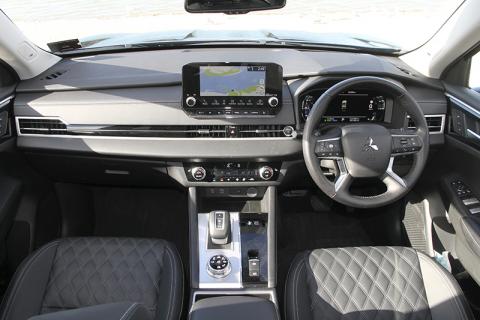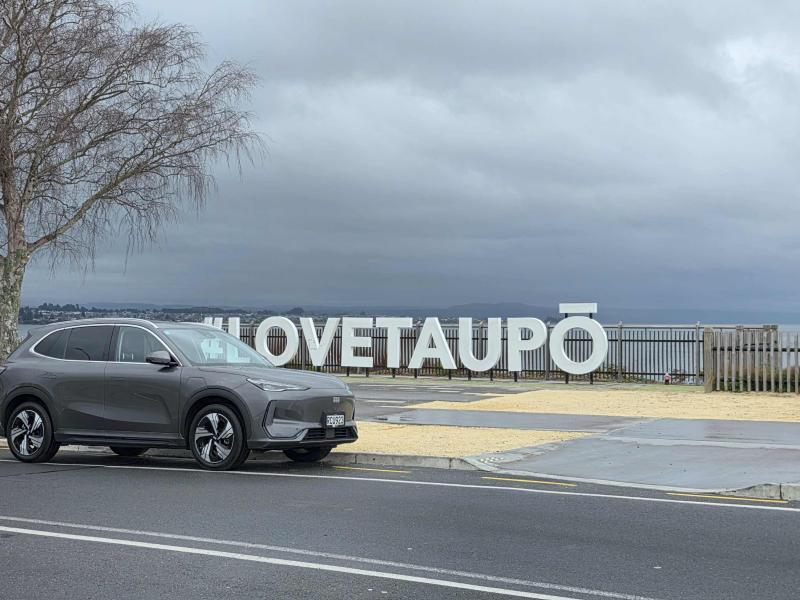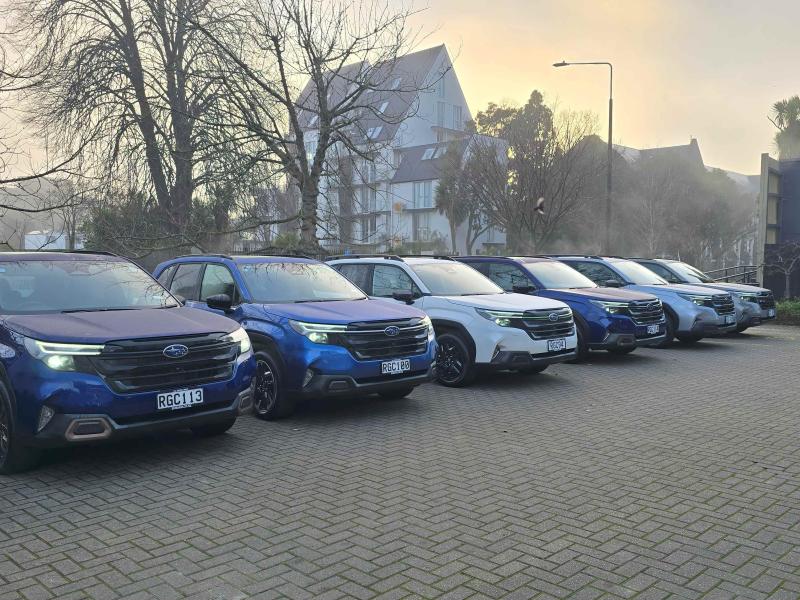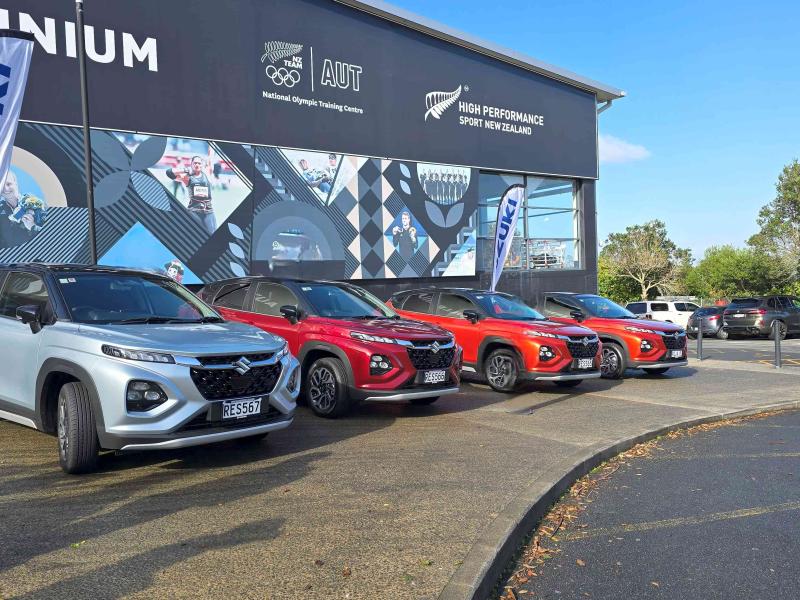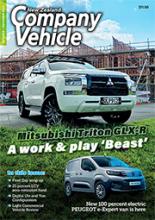With its evolutionary new design obviously resonating with buyers, Mitsubishi’s MY 22 Outlanders have been flying out of dealership doors like leaves off the trees in Autumn.
The conventional Outlander – seen earlier this year – was described by us as ‘the best Mitsubishi the brand had ever developed.’
A PHEV version however is going to trump an ICE version of the same vehicle, and the Gen II Outlander PHEV illustrates the point. It’s just awesome on so many levels.
OK, let’s start with the simple stuff: the Gen II Outlander PHEV has broken through the ‘glass mileage’ of 55km pure electric driving range.
The new standard is 84km – thank you Mitsubishi – and at this point, near enough to 100km on pure electric power is more than enough mileage for most. A bigger battery, revised EV drive system and upgraded electric motors fore and aft have delivered the increased range.
Want more miles? OK, you’ll be relying on the processed dinosaur juice, but Mitsubishi has peaked and tweaked the ICE system as well, retaining the 2.4-litre engine, but massaging some technical bits (the manifold, a new cooled exhaust gas recirculation system and upgraded spark plugs) and increasing the size of the petrol tank has resulted in a petrol range of around 660kms or so.
We’ll save you the math – that’s around 744kms of calory-lite, combined range motoring.
You’ll get this by being clever with your e-kms. The Outlander PHEV has an EV mode selector button handily positioned near the excitingly chunky gear shifter.
Before dropping into D for Drive or B for uhm, Bonus Drive (I’ll revisit this), remember to set the right EV mode.
You have four options: Normal (the Outlander decides what motive power is best), EV priority (shuts out the petrol engine) Charge (for use on the open highway as it helps put power back into the battery) and Save (to keep a percentage of electric power for later use).
Now, that Bonus Drive? Engaging “B” on the gear shift allows increased resistance of your wheels when coasting or braking. Thus, more energy is fed back to the battery to assist with the Outlander PHEV’s efficiency.
And on the same topic, there is another little button beside the EV selector. This is the One Pedal activation button, which is explained in greater detail on page 13.
All Outlander PHEV models – of which there are three, four if you count the VRX with the grey interior option – are all-wheel-drive models, by virtue of the electric motor on both axles and, because Mitsubishi can, all feature Super All Wheel Control (S-AWC).
S-AWC amalgamates longitudinal (forward to back) torque distribution, lateral (side to side) torque vectoring through the active yaw control system and four-wheel brake control to give sure traction in all drive applications.
It’s very cool and is very effective, contributing significantly to Outlander PHEV’s safety rating which comes about via the 31 dedicated safety features – 32, if you count the VRX model’s multi-around view monitor with moving object detection camera – found onboard.
Outlander PHEV offers the familiar Drive Mode selector with its new Power setting for the hybrid in addition to the Eco, Normal, Tarmac, Gravel, Snow and Mud modes. Power increases acceleration, acceleration response and provides a more direct steering feel.
The VRX is the top-of-the-line model and as such has some super-goodies, like a nine-speaker Bose audio suite (brilliant sound) heated, electrically adjustable front seats, larger, more comprehensive and customisable displays, pull up rear sunshades, panoramic sunroof, powered handsfree tailgate and charge ports for all, including two 1500-watt ports to power deep fryers, refrigerators, hair driers and what have you.
If you can top this Mitsubishi, colour me impressed.



